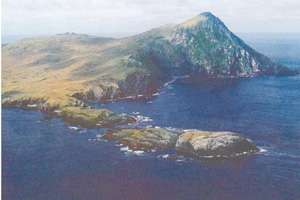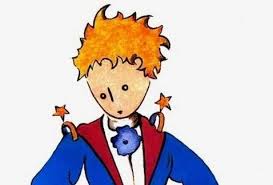Although his candidacy was highly controversial, he won the elections by an ample majority, assuming command on September 18th, 1901.
Since he had been a judge on the Supreme Court, he mainly devoted himself to performing legal reforms. The two most important ones were the Civil Procedure Code (1901) and the Penal Procedure Code (1906). In addition, between 1905 and 1911 the Palacio de los Tribunales de Justicia (Courthouse Palace) was built.
In international politics, Riesco continued with the peace effort began by Errazuriz Echaurren though the signing of the Pacto de Mayo (May Pact) (May 28th, 1902) and the Tratado de Paz y Amistad (Treaty of Peace and Friendship) with Bolivia (October 20th, 1904). The first one resolved an imminent war between Chile and Argentina (at the end of 1901) over border disputes in Patagonia. In addition, both nations signed a agreement to join the telegraph lines. It referred to telegraph tariffs and also to the fact that official dispatches between both governments would be free of charge.
The second Treaty of Peace and Friendship established the definitive border between Chile and Bolivia.
In education, this government created schools for boys (Santiago and Los Andes) and girls (Quillota, San Felipe, Curico, Loa Angeles, Traiguen and Punta Arenas), commercial institutes (Iquique, San Felipe and San Carlos), normal preceptress schools (Talca, Victoria and Puerto Montt), the Physical Education Institute and the Agricultural School of Cauquenes.
The social issue
At the beginning of the XX century, the socioeconomic problems of the lower class worsened in our country. All together they are known as the social issue, because the interests of the working class were not on the government’s agenda.
In addition, the sudden immigration to Santiago from rural zones caused a series of problems, like the spreading of disease and a lack of housing.
When it came to labor, there were no work contracts or social security systems and the workdays were very long, stretching up to 14 hours a day.
All of these problems brought on the appearance of a series of labor organizations and movements. A few of them were the Workers’ Social Congress (1900) and the Workers’ Federation of Chile (1909), which in time became linked to the Socialist party founded by Luis Emilio Recabarren.
Also due to this situation, strikes began. In 1903, a strike broke out involving port workers in which 50 people dies and 200 were injured. In addition, die to this movement, the offices of the Compañia Sudamericana de Vapores (South American Steam Company) were set on fire.
In 1905, the meat strike took place in Santiago, which began due to a protest that called for a reduction in this product’s price because the Argentine cattle internment fee was very high. It is said that around 30,000 people reached the front of La Moneda, but tempers began to run high and the police began to shoot. The confrontations lasted for a week and left 70 dead.
A while later in Antofagasta, another event similar to the one in Santiago took place.
The workers doing jobs on the Antofagasta to Bolivia railroad presented a list of petitions to the contractor company, which was rejected.
Due to this, a general workers’ strike began that ended up in a bloody confrontation that left 58 dead and over 300 injured.





